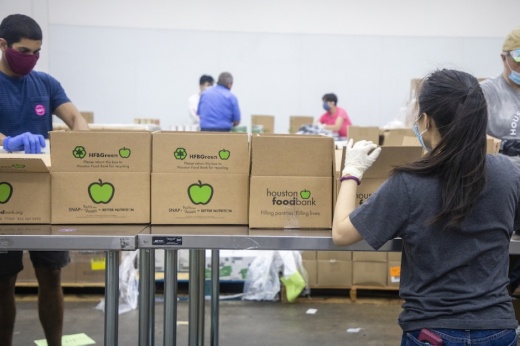The food insecurity rate in children has stayed constant between 2022-23 at 16.6%, which corresponds to around 38,000 food-insecure children as of 2023, according to the report.A closer look
As of 2023, an estimated 37% of these 100,000 people qualify for the Supplemental Nutrition Assistance Program, the nation’s largest food assistance program, according to the report. Of the 38,000 food-insecure children, 55% are likely ineligible for federal nutrition programs as of 2023—which require the household income to be at or below 185% the poverty line.
Diving in deeper
The average meal cost in Fort Bend County as of 2023, estimated by the Current Population Survey, was $3.43, whereas in 2019, it was $3.03, according to the report.
The annual budget shortfall, based on the Current Population Survey, has also grown from $37.4 million in 2019 to $70.7 million in 2023. This is the total amount of money food-insecure individuals report needing on average to purchase enough food to meet their nutritional needs.
Food insecurity impacts people from all backgrounds, but Black and Latino individuals experience food insecurity at a higher rate. In Fort Bend, that translates to 22% and 19%, respectively, of those populations who are food-insecure, according to the report.
Zooming outNationally, the overall food insecurity rate in the U.S. is 14.3% as of 2023, equating to over 47 million food-insecure individuals. In Texas, the food insecurity rate is 17.6% as of 2023—around 5.36 million food-insecure individuals, according to the report.
Food insecurity is often linked to one or multiple factors, including household income, expenses and the surrounding social and physical environment. While the issue affects communities everywhere, the impact varies, according to the report.
View the 2025 "Map the Meal Gap" report here.





